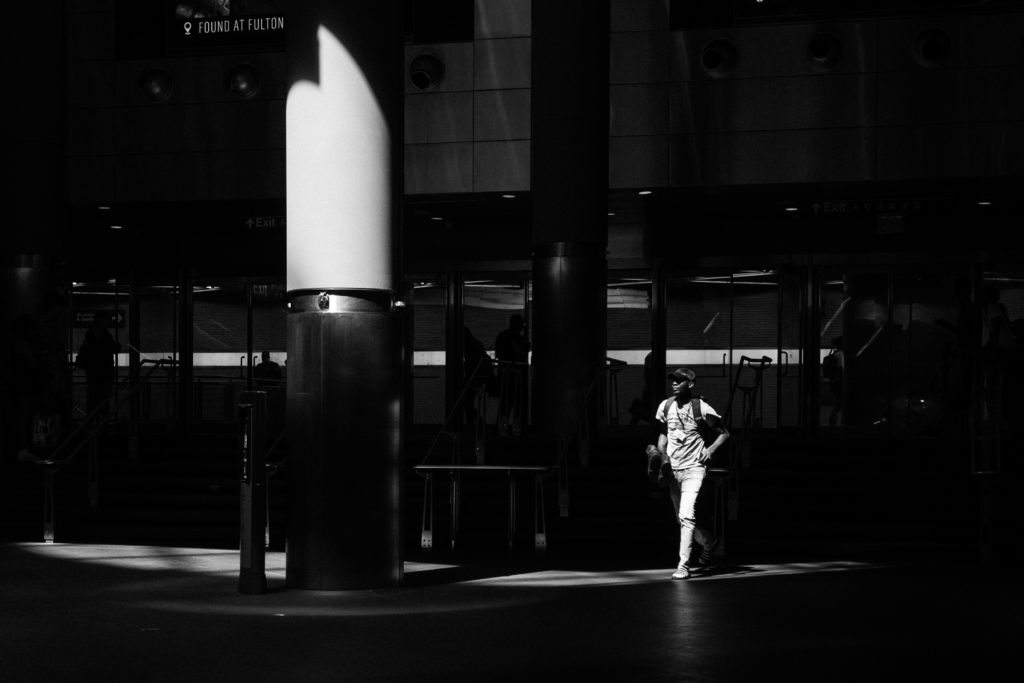The topic of metering modes seems to mystify a great many new photographers. It had me a little perplexed when I was starting out, but maybe I could attribute that to the fact that, as I’ve stated before, I never read the manual. For anything.
Eventually, I learned what all the different metering modes are all about — no thanks to my various camera manuals, because they aren’t all that forthcoming with useful explanations of each metering mode.
Which means beginners just tend to skip over this stuff. But it doesn’t have to be that way.
Understanding metering is a key part of understanding exposure, so let’s take a look at the basic metering modes and what role each plays in determining exposure.
Multi-Zone/Evaluative/Matrix Metering
Different camera manufacturers use different terminology, but regardless of what it’s called this is the default metering mode for most cameras.
Evaluative metering works, essentially, by evaluating the light across the whole frame and then prompting the camera to make a decision about which part of the scene is most important.
Generally, the camera will give preference to the area immediately around the currently selected autofocus point.
This mode works well for a wide variety of subjects and in uniformly lit situations — from landscapes to portraits. You can leave your camera set to matrix/evaluative metering and be sure that it’s going to result in a correct exposure the vast majority of the time.

Center-Weighted Metering
With center-weighted metering selected, the camera will measure the light across the frame but will it will be heavily biased toward the light at the center of the frame. Unlike matrix/evaluative metering, center-weighted metering is not tied to the focus point you select; it only cares about what it “sees” in the middle of the frame.
Center-weighted metering is most beneficial when the background is much brighter than your subject.
Spot Metering
Spot metering takes into account only the light around your focus point, ignoring everything else.
The “spot” in spot metering makes up less than 5% of the whole frame.
Spot metering is most useful when your subject occupies a relatively small portion of the frame, allowing you to properly expose the subject no matter how dark or bright the background is.
While the center focus point is typically the default metering spot, many cameras will allow you to choose which focus point will act as the metering spot.

Partial Metering
Not all cameras have partial metering, which is essentially an expanded form of spot metering. Rather than measuring such a tiny portion of the frame, partial metering evaluates approximately 6-10% of the total frame.
Use this mode in the same situations you would use spot metering.
Bonus: Highlight-Weighted Metering
Currently available on select Nikon cameras, highlight-weighted metering measures light in the same manner as matrix metering (over the whole frame), but analyzes the brightest portions of the scene and calculates an exposure intended to prevent blowing out the highlights.

This mode is perfect for high contrast situations.
Final Thoughts
Use evaluative/matrix metering when shooting in even light or using flash. Use center-weighted metering for portraits or anytime the subject is in the center of the frame. Use spot/partial metering when your subject isn’t taking up much of the frame, when your subject is backlit or when you’re shooting the snow. Use highlight-weighted metering (if your camera has it) for mixed lighting and high contrast situations.




